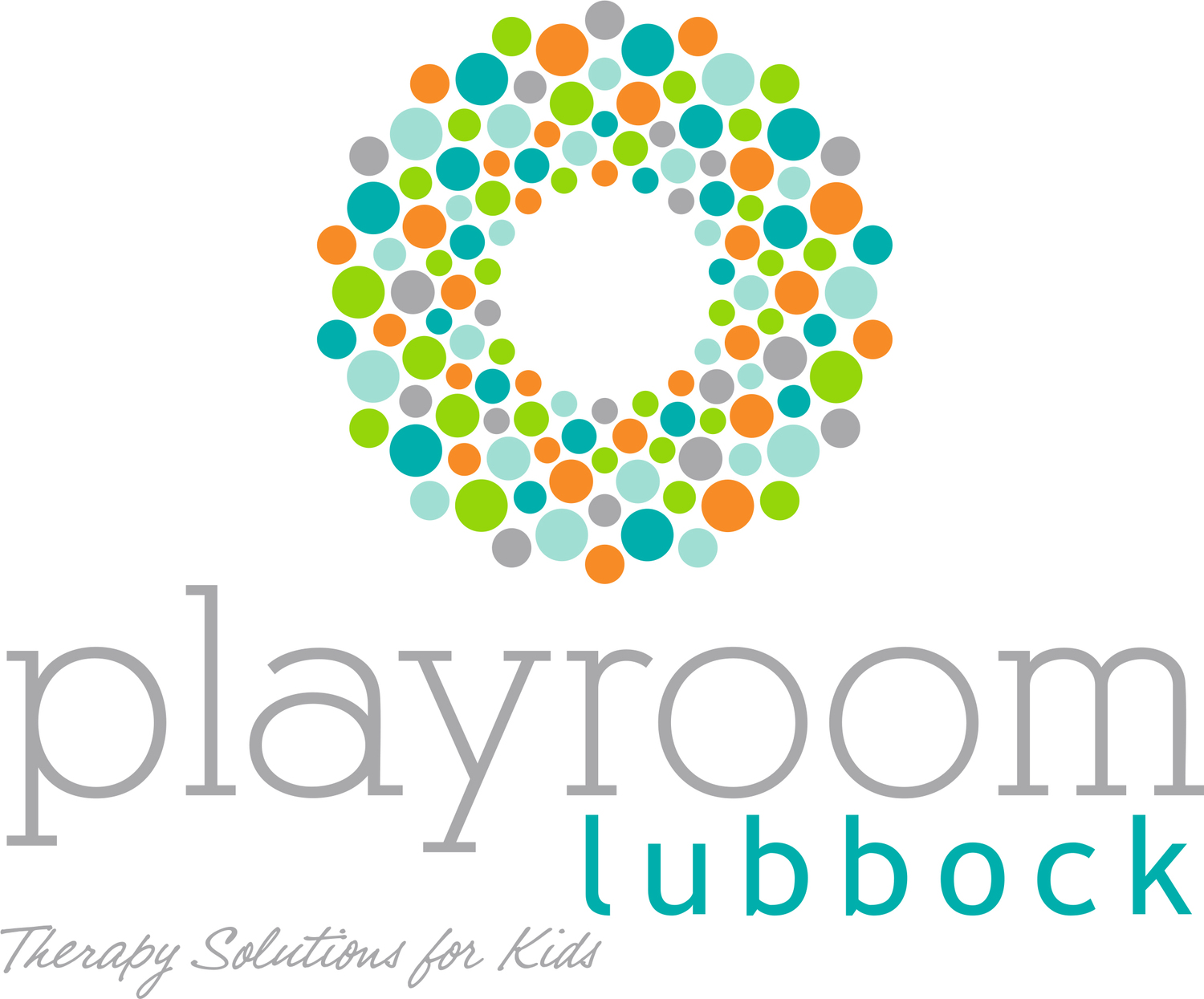Why I Often Refer to Occupational Therapy: A Look at Our Hidden Senses by Kathy Dane
When we think about our senses, most of us name the usual five: taste, touch, smell, sound, and sight. But did you know we actually have eight senses? In addition to the five we’re familiar with, there are three lesser-known but just as important senses: proprioception, vestibular, and interoception.
Proprioception is our sense of body position—how we know where our limbs are without looking.
Vestibular relates to balance and movement, coming from the inner ear.
Interoception is our internal awareness, such as recognizing hunger, thirst, a racing heart, or the need to use the restroom.
These “hidden” senses play a crucial role in a child’s ability to regulate themselves and navigate the world. In fact, the number one referral I make in my work is to occupational therapy (OT). While I am not an occupational therapist, I often incorporate sensory tools—like swings, balance boards, sand, or bop bags—into sessions to help support sensory awareness and regulation.
Why Sensory Awareness Matters
Many children I work with have nervous systems that are still developing. This means they may be overwhelmed by stimuli like bright lights, loud sounds, or certain textures—and not even realize it. They just know they’re upset, dysregulated, or “off.”
By helping children become more aware of their bodies, their surroundings, and their internal cues, we give them the foundation to self-regulate. And when parents build this awareness too, they can model calming strategies and offer supportive guidance in the moment.
A Beautiful Example
One parent recently shared a perfect example of building interoceptive awareness in a developmentally appropriate way. Her child was playing outside and clearly starting to overheat. She calmly said:
"I can see you are starting to get hot. You can choose to go inside and cool down, or you can have a popsicle."
This simple interaction did several powerful things:
It helped the child notice their internal state.
It gave the child language for what they were feeling.
It offered agency and choice in how to respond.
This is exactly the kind of sensory awareness and regulation that OT often supports—and why I’m such a strong advocate for it.
My Favorite OT Resources
For families interested in learning more, here are a few trusted Occupational Therapy resources I regularly recommend:
Harkla Podcast – Great insights from OT professionals
Your Kid’s Table – Practical strategies for sensory issues at home
Sensory Diet Guide – What a sensory diet is and how to create one
Harkla Blog – A wide range of topics on sensory processing and development
Bonus: DIY Sensory Play Recipes
Here are two easy, kid-approved sensory play activities I use and you can try at home:
Slime Recipe
Ingredients:
White School Glue
Approximately 3 Tablespoons Water
Shaving Cream
Optional: food coloring, glitter, essential oils
1 tsp. borax mixed with 2ounces of hot water
Mix the glue and water until you have a runny consistency. Add the desired amount of shaving cream, food coloring or glitter if desired. Add the borax solution a spoonful at a time until you get the desired consistency.
Sensory Rice or Pasta
Ingredients:
1 cup uncooked rice
1 tbsp vinegar
Food coloring (my favorite is Colorations Liquid Watercolors)
Essential oils (orange and vanilla are a favorite with the kids)
Add all ingredients to a Ziplock bag and shake well. Lay out to dry on a tray. Once dry, pour into a bin for scooping, pouring, and tactile exploration.
Helping children understand their sensory experiences doesn’t just support regulation—it builds confidence, resilience, and connection. Whether it’s through OT support, parent modeling, or playful sensory tools, there are so many ways to nurture this growth.
About the author:
Kathleen Dane, MS, LPC Associate utilizes play therapy at the Playroom Lubbock. She is under the clinical supervision of Kelly Martin, MEd, LPC-S, RPT-S

